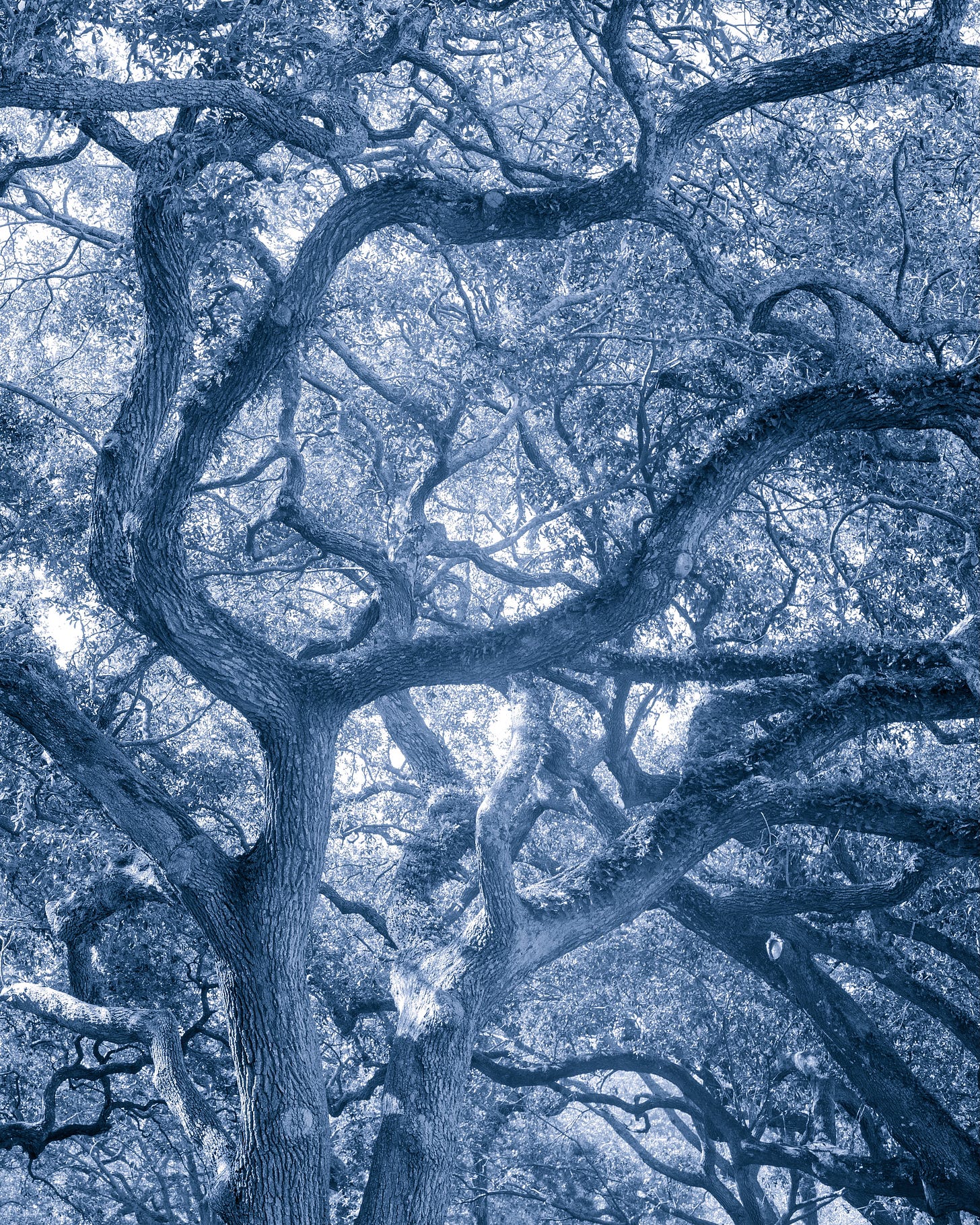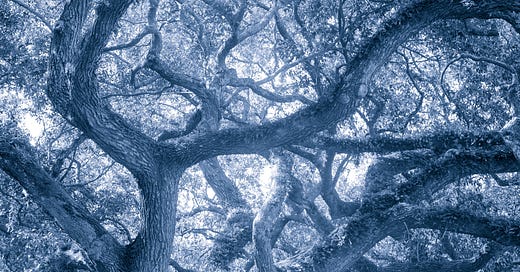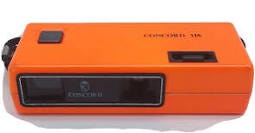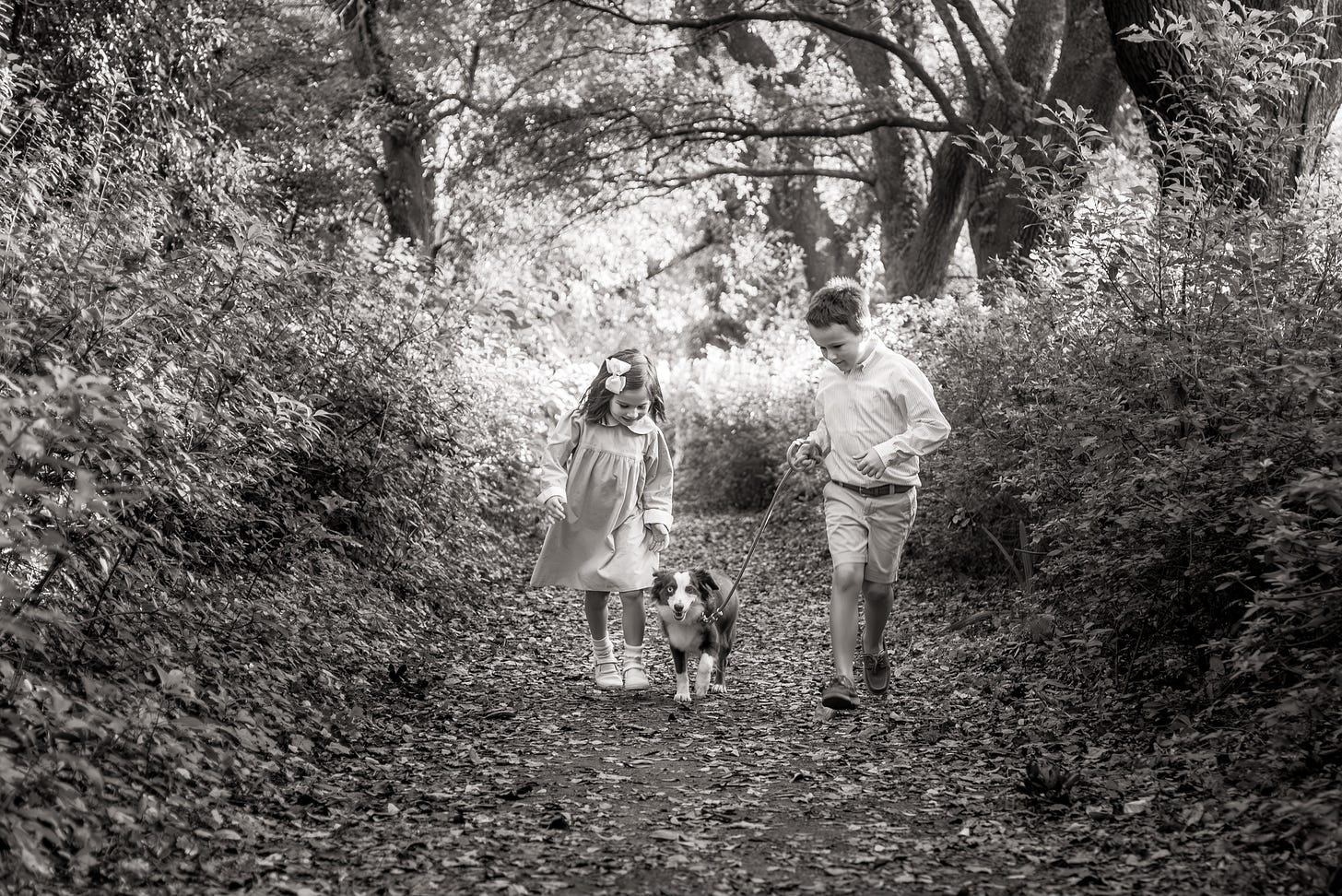Why I Photograph
How a love for light, storytelling, and the perfect edit shaped my path in photography.
When I think back to where my love of photography started, I picture a little orange camera in my hands. I don’t remember the brand or the model, just that I loved it. I’d blow through rolls of film taking pictures of my stuffed animals, the scenery blurring past as I sat in the backseat of our van. The wait to get those pictures back felt like an eternity—sometimes it probably was because, let’s be honest, they weren’t always rushed to the developer. I remember the tiny drop-off building in front of the grocery store, the film canisters placed in an envelope, the anticipation of seeing what I had captured. The photos were never quite as stunning in print as they had been in my eight-year-old mind, but I loved them anyway.
In high school, I took my first real photography class. I learned to use an SLR, to develop film in a darkroom, to think about composition and light. I loved it, but I know now that if I could go back and take that class again, I’d take it more seriously. I’ve always been creative, always been a visual learner, but at the time, I didn’t realize photography would follow me through life the way it has. The spark was there, though—I just didn’t know it yet.
Fast forward a few years. I was living in Seattle, working as an interior designer, when I found a basic DSLR on sale at Best Buy. It came with a couple of kit lenses and a camera bag, and I figured, why not? I started taking it with me on walks, especially to Pike Place Market, where I fell in love with capturing the flowers, the produce, the historic architecture. I loved how the light changed throughout the day, how the colors shifted with the seasons. And I was immediately hooked on digital photography—the instant feedback, the endless opportunities to practice, to learn. I took an online photography class, played around in Lightroom and Photoshop, and kept shooting.
Life kept moving. I moved to Boston while Tim was in grad school, another city rich with history, architecture, and beautiful gardens. My camera became my companion, my excuse to wander, to get lost (which I do often) and find my way back, learning my new city through my lens. But photography remained a hobby, a creative outlet that paired well with my work as a designer. I loved light and contrast and beauty in everyday life, and photography was an extension of that.
Then came more moves—Charleston, marriage, a design firm of my own, a baby, a move to the Chicago suburbs, the closing of my design firm. After settling into our new home, I picked my camera back up. I started volunteering at Cora’s preschool, taking candid photos to share with parents. That led to family sessions for friends, studio-style school pictures for the entire preschool (after many, many hours fine-tuning my lighting and backdrop setup in our basement—Cora, of course, was my best practice model). Suddenly, I was seeing photography as something more than a hobby. Maybe, possibly, a career?
Another move (one we didn’t love, so it was short-lived), then another—this time, for us, not for a job. Back to Charleston, back to the beach, the history, the sunsets. Cora started elementary school, I managed a full remodel of our house while living in it (chaos), and once again, I reached for my camera. I photographed Cora and her friends doing what they love (lots of swim team pictures), took on more family sessions, shot a wedding for a friend of a friend, wandered downtown capturing the city’s beauty. I created a kids’ portrait series called Not School Pictures, refining a style that felt uniquely mine.
And then came the realization: for every hour I spent taking photos, I spent at least one, often two, culling and editing. I joined a group of photographers who talked about workflow efficiency, outsourcing edits, streamlining processes. But every time outsourcing came up, I caught myself thinking, "Why would I do that? I want my hand on every edit." Editing wasn’t just a necessary step—it was part of the art. I’d spend hours on just a few favorite images from each session, deepening shadows, accentuating highlights, making sure each frame told the story I wanted it to tell. It reminded me of dodging and burning in the high school darkroom, but now I was doing it digitally—sculpting the light, drawing the eye, shaping the image exactly how I envisioned it. Not the most efficient workflow, sure, but it was when I felt most connected to my craft.
That’s when I knew I needed to lean into the photography that truly inspires me. I shifted away from posed family sessions (though I still take on special commissions that tell a story and deserve a place on your walls). I paused Not School Pictures, hired a business coach instead of staying in the photography group, completely rebuilt my website, and focused on the images that speak to me. The ones that celebrate light, movement, beauty in the everyday. The ones that make you feel something.
And that’s where I am today. Still chasing light. Still telling stories. Still obsessed with making the final image as stunning in print as it is in my mind. This is my why.

Thanks for being here! If you haven’t subscribed yet, do (it’s free)! I’m having a giveaway for subscribers next month. Get on the list! Details here…
With gratitude,
Paula







